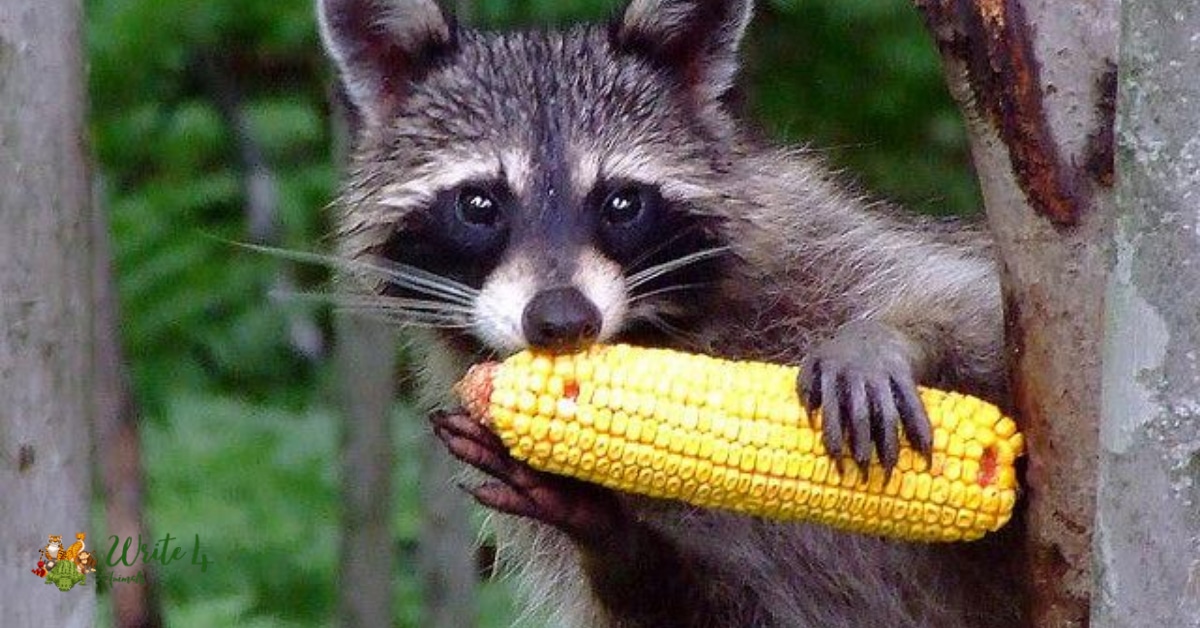Corn is one of the most widely grown crops in the world. Its sweet kernels and nutritious grains make it a tasty treat for humans, but we are not the only ones who enjoy eating corn. Many different types of animals consume corn as an important part of their diet. Birds, deer, squirrels, raccoons, and even bears are just some of the animals that you may see snacking on corn growing in fields or backyard gardens. In this blog post, we’ll take a look at some of the most common animals that eat corn.
20 Animals that eat corn
1. Squirrels
Squirrels, with their bushy tails and nimble antics, are adept foragers found in diverse habitats worldwide. These small rodents are known to relish corn, showcasing their adaptability to both urban and rural environments. Scurrying up trees or along fences, squirrels expertly navigate cornfields to procure kernels, which they may consume immediately or store in caches for later consumption.
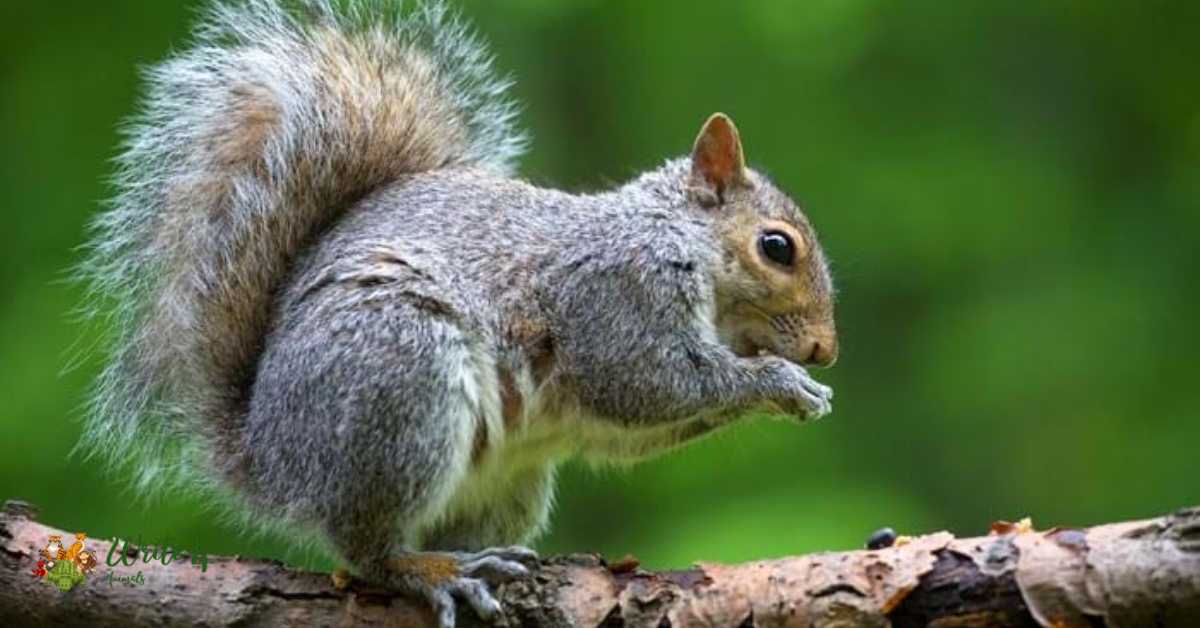
Their fondness for corn aligns with their opportunistic and varied diet, which also includes nuts, seeds, fruits, and even the occasional insect. In suburban neighborhoods, these charming creatures entertain observers as they indulge in their corny delights, reminding us of nature’s resourcefulness.
2. Chipmunks
Chipmunks, with their distinctive stripes and cheek pouches, are charming members of the rodent family. These ground-dwelling creatures are no strangers to the allure of corn. Often spotted in wooded areas or near shrubbery, chipmunks seize the opportunity to gather and store corn kernels in their underground burrows.
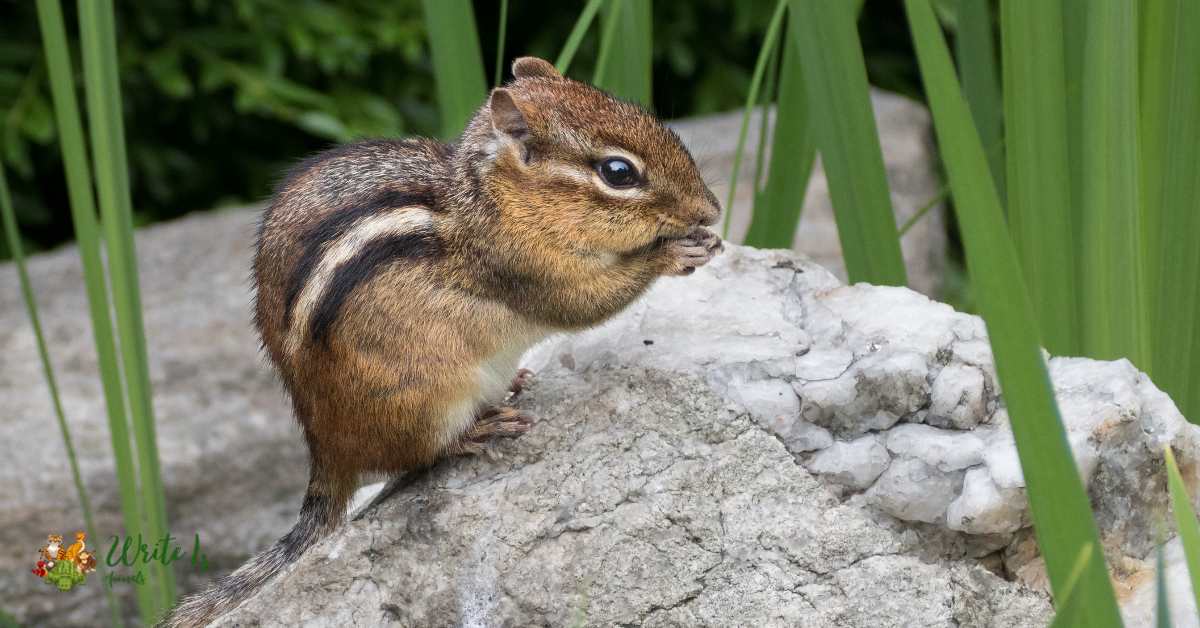
Their cheek pouches serve as convenient storage units, allowing them to transport food efficiently. Chipmunks’ diets are diverse, encompassing nuts, seeds, fruits, and, of course, the occasional corn feast. While their small size might make them seem inconspicuous, chipmunks play a significant role in seed dispersal, inadvertently contributing to the regeneration of plant life in their habitats.
3. Raccoons
Raccoons, with their distinctive masked faces and ringed tails, are notorious for their culinary exploits, and corn is certainly on their menu. Highly adaptable, these omnivores are equally comfortable in urban and rural environments. In agricultural areas, raccoons are often found raiding cornfields, using their dexterous front paws to grasp and manipulate corn cobs.
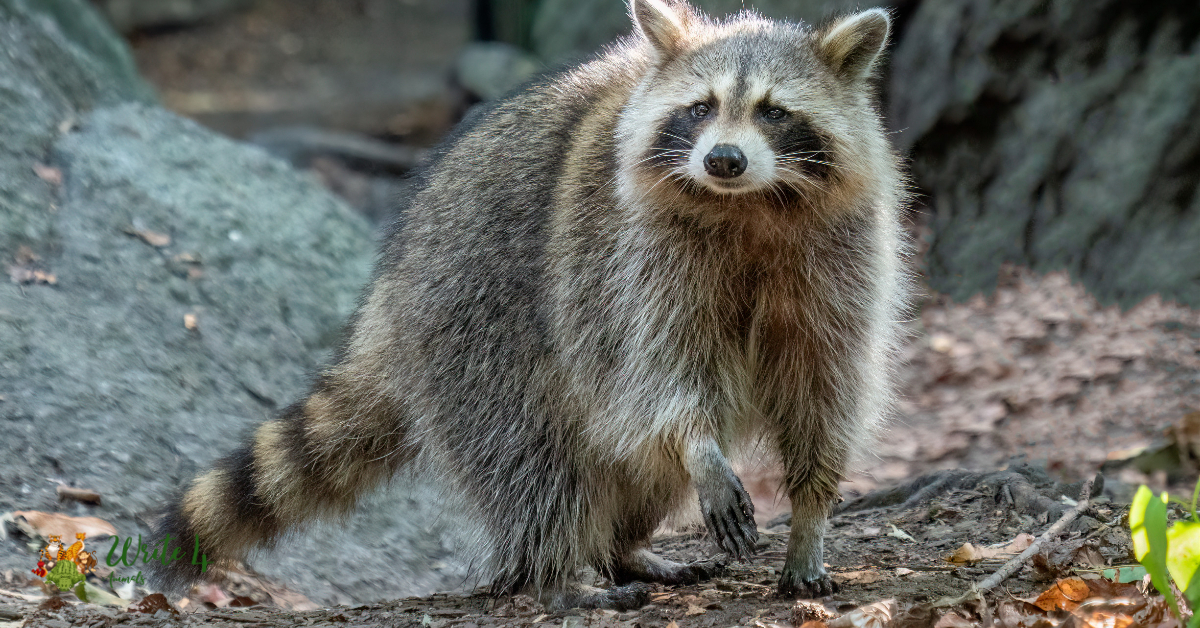
Known for their intelligence, raccoons may also raid gardens or trash bins in search of this delectable treat. Despite their mischievous reputation, raccoons are essential components of ecosystems, contributing to seed dispersal and controlling insect populations. Their affinity for corn serves as a reminder of the intricate relationships between wildlife and human-altered landscapes.
4. Deer
Majestic and graceful, deer are herbivores that, depending on the region, can include corn as part of their diet. In rural and suburban landscapes where human habitation encroaches upon their territory, deer are known to venture into cornfields, grazing on the tender crops. Their browsing behavior extends beyond corn, encompassing various plants and shrubs.

While this interaction may lead to conflicts with farmers seeking to protect their crops, it underscores the adaptability of these creatures in the face of changing landscapes. Deer play a crucial role in shaping ecosystems through their selective feeding habits, influencing the distribution and abundance of plant species in their environments.
5. Black Bears
Black bears, North America’s most widely distributed bear species, showcase their omnivorous preferences by including corn in their diet. With a keen sense of smell and impressive foraging skills, black bears are known to seek out cornfields in areas where their habitats intersect with agricultural landscapes. Despite their formidable appearance, black bears are generally shy and prefer to avoid confrontations.

In corn-rich environments, they may complement their diet of berries, insects, and small mammals with the sweet and starchy goodness of corn. The coexistence of black bears and corn illustrates the adaptability of these powerful creatures in navigating the mosaic of natural and human-altered habitats.
6. Field Mice
Field mice, small and inconspicuous, play a significant role in the ecosystems they inhabit, and corn often finds its way into their diet. These agile rodents are skilled foragers, navigating fields and meadows to locate food sources. In cornfields, field mice feast on the exposed kernels, contributing to their varied diet of seeds, grains, and vegetation.
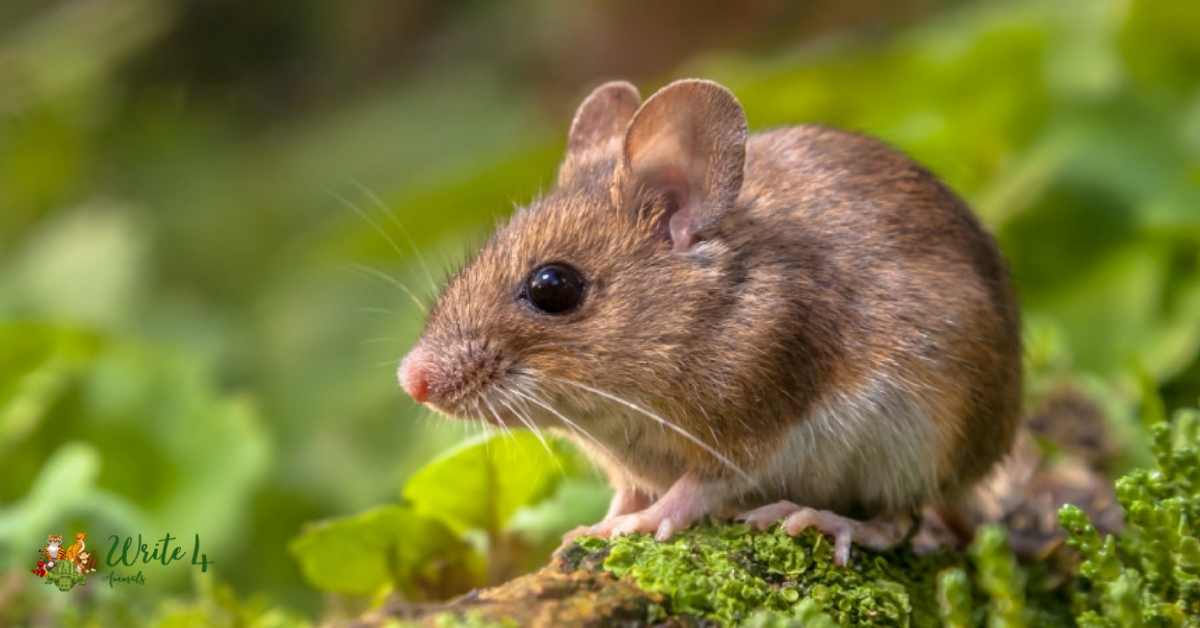
Their presence in agricultural landscapes is a testament to their adaptability and resourcefulness. While farmers may view them as pests due to their potential impact on crops, field mice also serve as prey for various predators, contributing to the delicate balance of nature.
7. Voles
Voles, small rodents resembling mice, are known for their burrowing habits and diverse diets, which may include corn. These herbivores play a role in seed dispersal and soil aeration through their tunneling activities. In agricultural settings, voles may venture into cornfields, nibbling on kernels and potentially causing damage to crops.
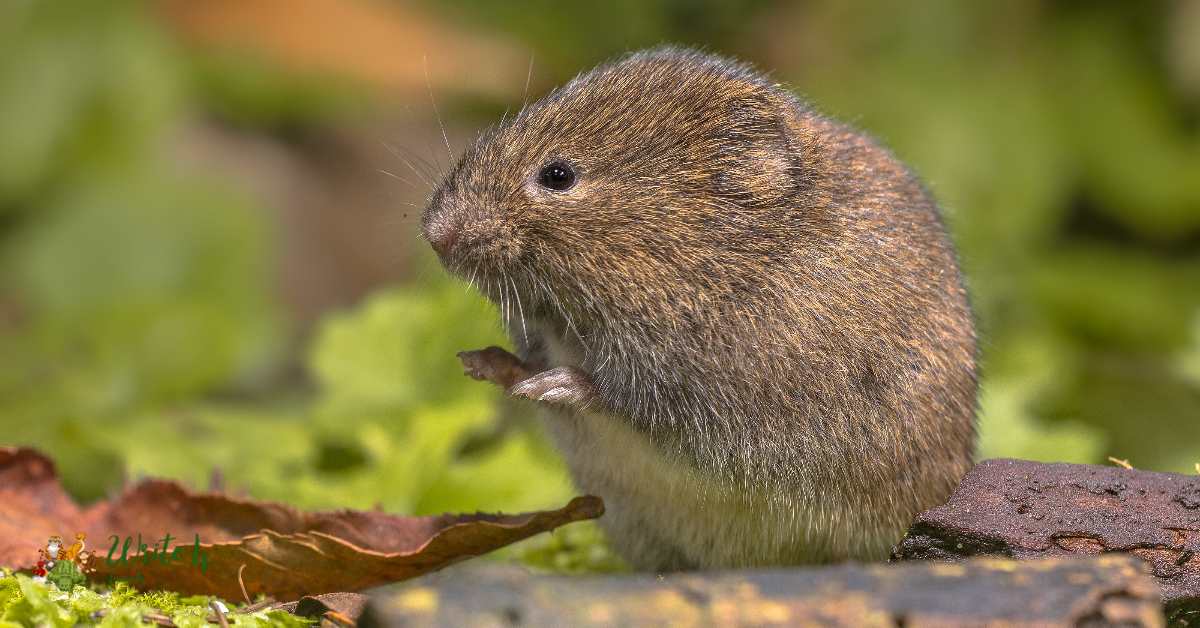
Despite their relatively small size, voles are ecologically significant, influencing vegetation dynamics and participating in nutrient cycling. Their interaction with corn exemplifies the complex relationships between rodents and crops, where the line between pest and contributor to ecosystem health is nuanced. As these unassuming creatures go about their lives, their impact on the environment extends beyond the surface, shaping the landscapes they inhabit.
8. Woodchucks
Woodchucks, also known as groundhogs, are herbivores that include corn in their plant-based diet. These stout rodents are commonly found in fields and grassy areas, where they graze on a variety of plants, including cornstalks. Woodchucks play a role in shaping their environments by controlling vegetation through their browsing habits.
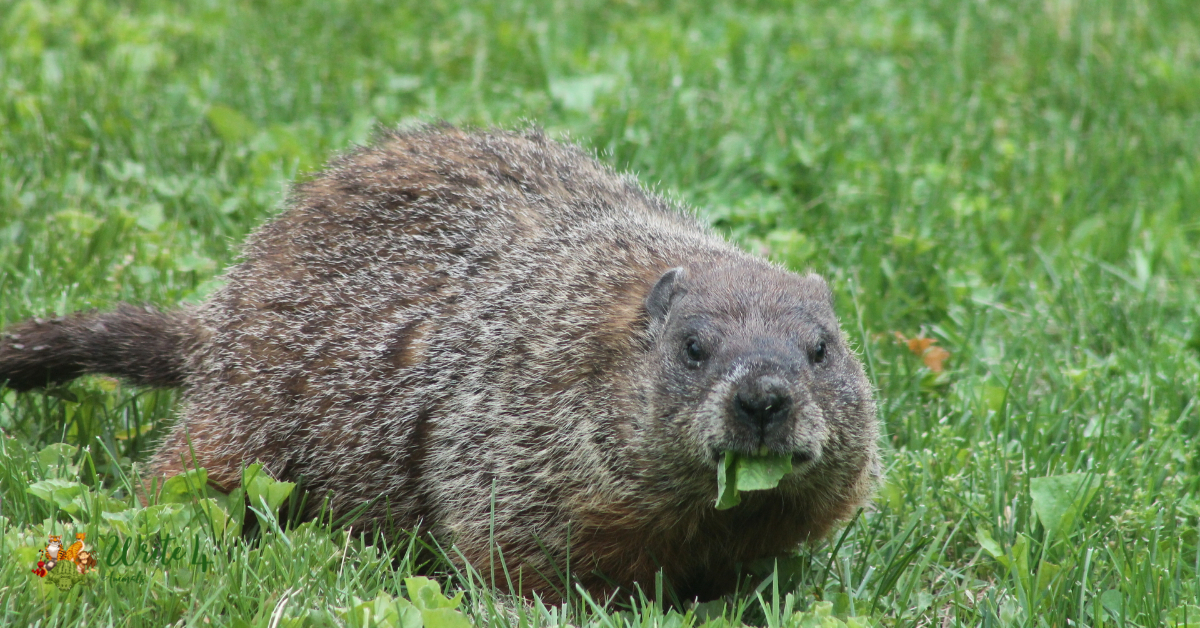
While their penchant for digging burrows can sometimes lead to conflicts with landowners, these burrows also provide shelter for various wildlife. Woodchucks’ consumption of corn adds a sweet and starchy element to their diet, highlighting their adaptability to diverse landscapes.
9. Crows
Crows, highly intelligent and adaptable birds, are opportunistic omnivores known to include corn in their varied diet. Their keen problem-solving abilities are complemented by a diverse palate that encompasses fruits, insects, small animals, and grains. In agricultural landscapes, crows are often observed foraging in fields, where they may glean corn kernels among other offerings.
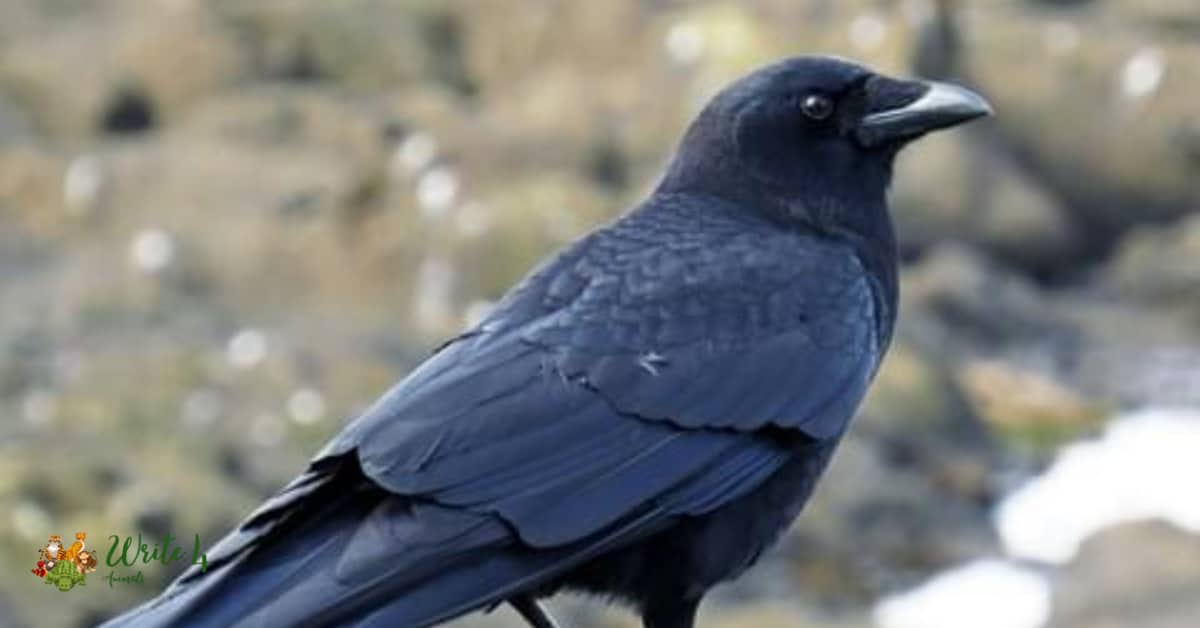
Their ability to exploit different food sources, including those provided by human activities, demonstrates their adaptability in urban, suburban, and rural settings. Crows’ interactions with cornfields illustrate the complex relationships between avian species and the agricultural landscapes they navigate.
10. Blue Jays
Blue jays, with their striking blue plumage and distinct calls, are omnivorous birds that readily incorporate corn into their diet. These bold and acrobatic birds are known for their ability to crack open seeds and nuts with their powerful beaks. In areas where corn is cultivated, blue jays may forage on the ground, picking up fallen kernels and even pilfering from fields.
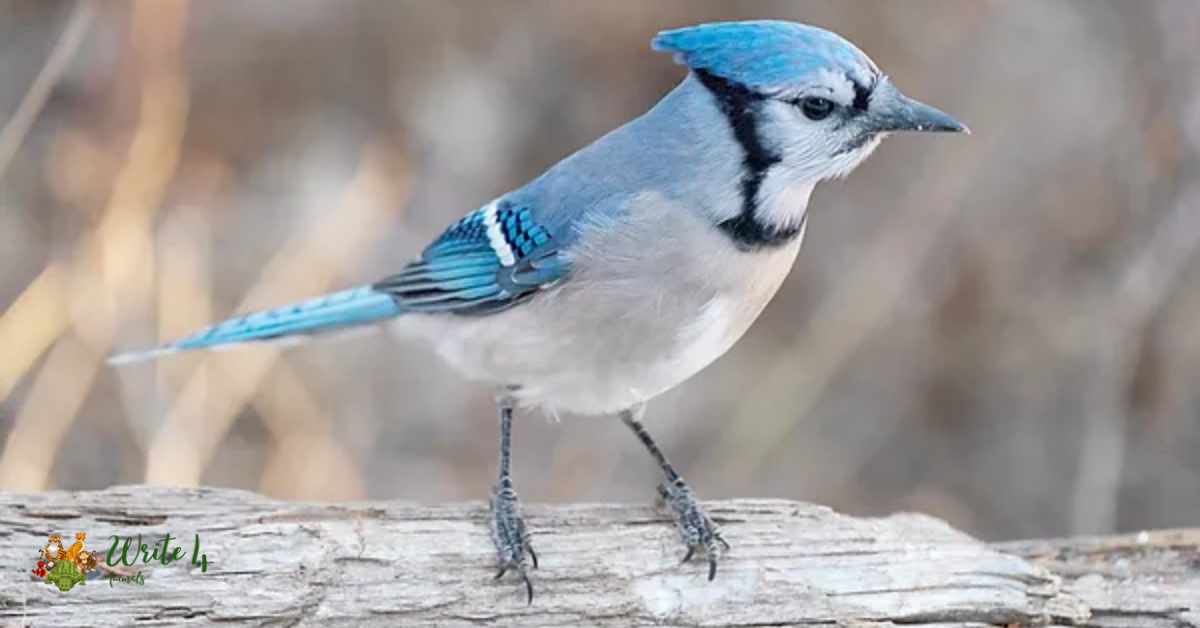
Their adaptability to various habitats, from forests to suburban neighborhoods, allows them to take advantage of the seasonal abundance provided by agricultural crops. Blue jays’ inclusion of corn in their diet showcases the interconnectedness between avian species and the agricultural landscapes they inhabit.
11. Cardinals
Cardinals, with their striking red plumage and distinctive crests, are a vibrant presence in North American landscapes. While primarily seed eaters, cardinals exhibit a varied diet that can include corn when available. Often found in gardens, open woodlands, and urban areas, cardinals may forage on fallen corn kernels or glean them from agricultural fields.
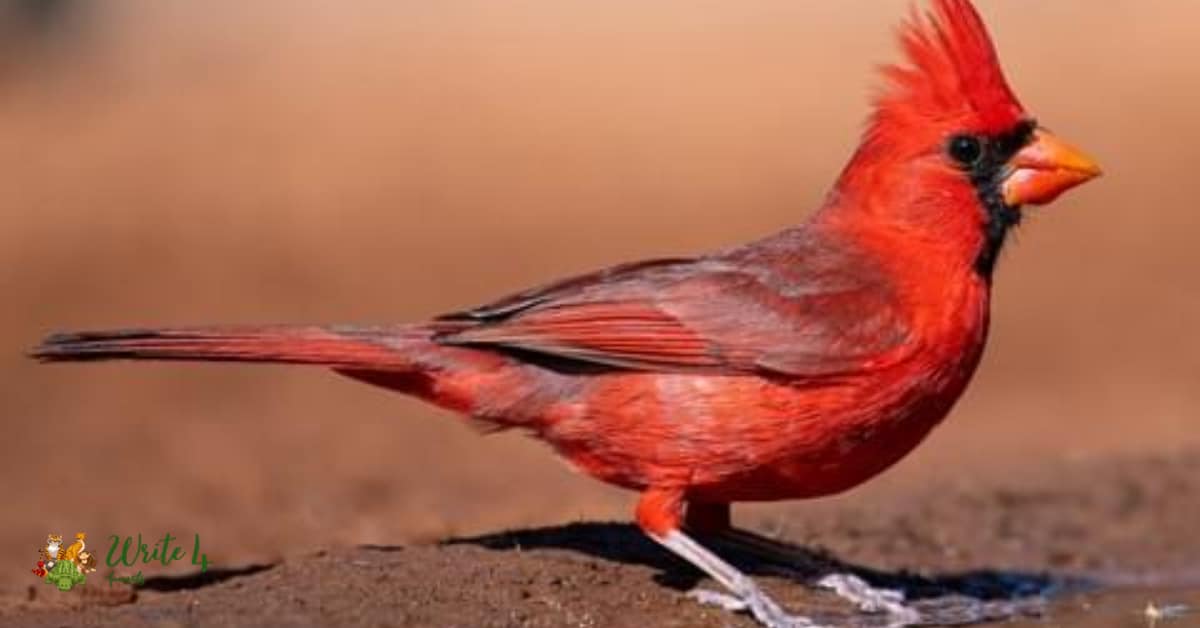
Their strong bills are well-suited for cracking seeds, and this adaptation extends to the consumption of small grains like corn. Cardinals contribute to the ecosystem by controlling insect populations and dispersing seeds. Their occasional indulgence in corn highlights the adaptability of these beautiful birds as they navigate diverse habitats shaped by both nature and human influence.
12. Sparrows
Sparrows, small and ubiquitous, are known for their adaptability to diverse environments. While their diet primarily consists of seeds, grains, and insects, sparrows are opportunistic feeders that may include corn in their repertoire. Commonly found in urban areas, farmlands, and grassy meadows, sparrows may glean corn kernels from fields or feast on spilled grains.
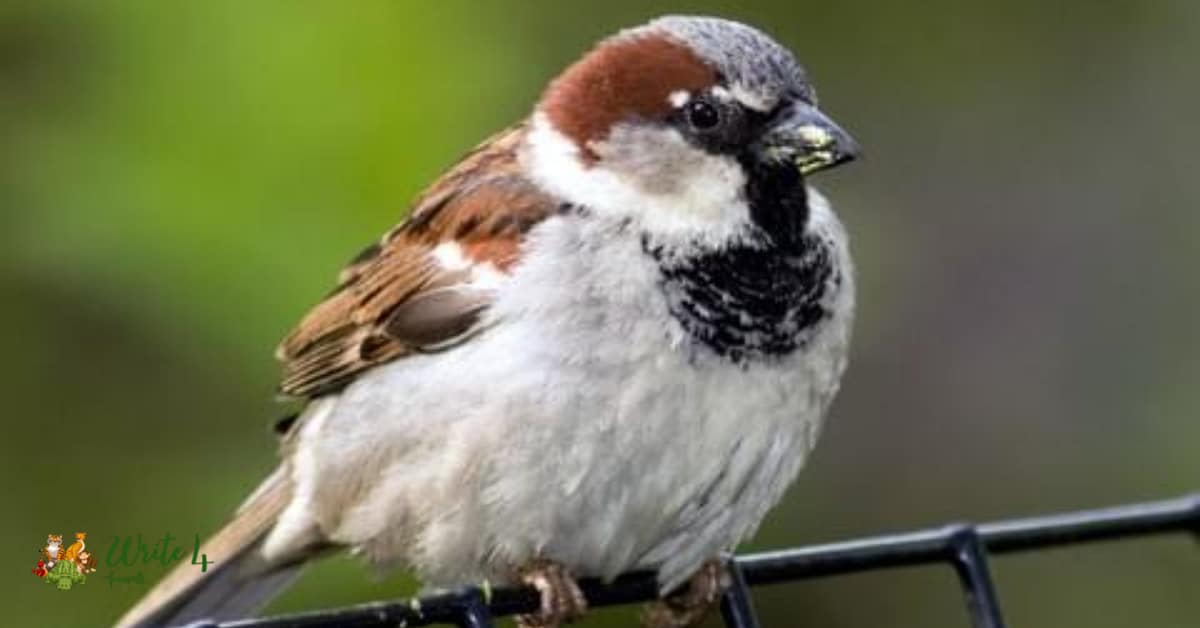
Their association with human settlements has led to a diverse diet that allows them to thrive in various landscapes. Sparrows play a crucial role in controlling insect populations, making them valuable contributors to ecosystem health. Whether perched on city buildings or hopping through agricultural landscapes, sparrows exemplify nature’s resilience in coexisting with human-altered environments, where the availability of corn becomes just one element of their dynamic and adaptable diet.
13. Red-Winged Blackbirds
Red-winged blackbirds, named for the striking red and yellow patches on the wings of males, are commonly found in wetland areas and agricultural fields. While their diet primarily consists of seeds, insects, and small invertebrates, they may include corn kernels in their foraging activities. Red-winged blackbirds play a role in pest control by consuming insects harmful to crops.
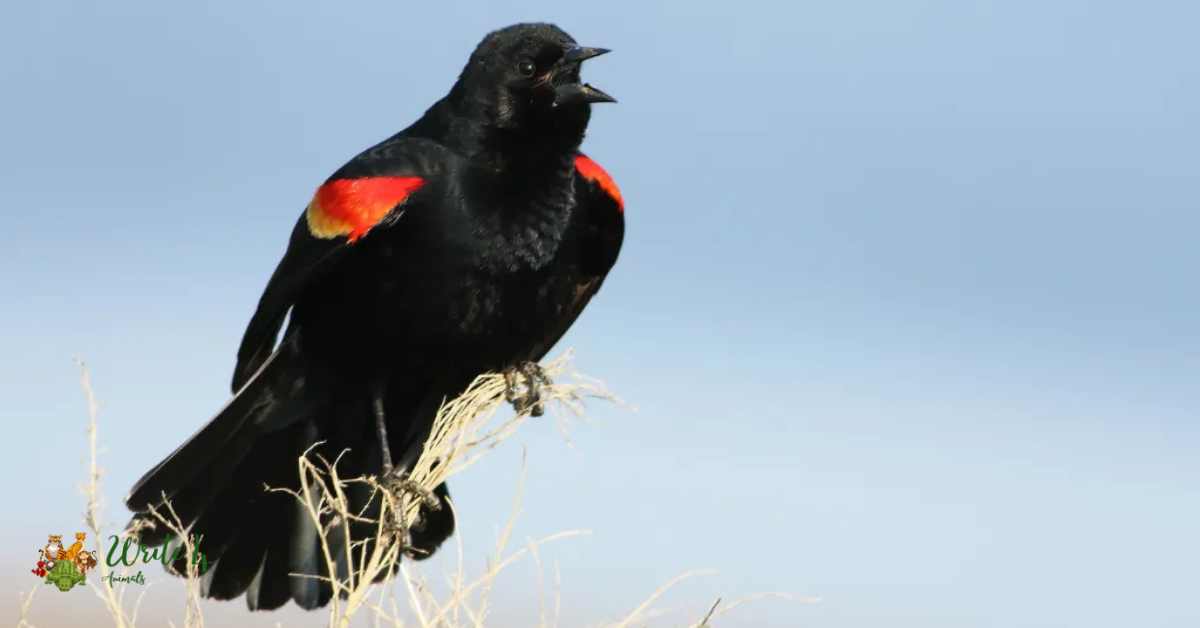
In agricultural landscapes, their interactions with corn highlight their adaptability to diverse food sources, contributing to the dynamic balance within ecosystems. These vocal and social birds are integral components of wetland and field habitats, where their foraging behaviors play a role in shaping the local ecology.
14. European Starlings
European starlings, introduced to North America in the 19th century, are highly adaptable birds with diverse feeding habits. These birds are known to include corn in their diet, especially in agricultural landscapes where they forage for a variety of foods. Starlings are often observed in large flocks, displaying synchronized movements as they glean seeds, insects, and grains from fields.

Their adaptability to urban, suburban, and rural environments allows them to exploit diverse food sources, including cornfields. While their presence can be contentious due to their competitive nature and potential impact on native bird species, European starlings’ inclusion of corn in their diet underscores their resourcefulness in navigating human-altered landscapes.
15. Mallard Ducks
Mallard ducks, with their distinctive coloring and quacking calls, are dabbling ducks that may include corn in their diet. Commonly found in ponds, lakes, and rivers, mallards are opportunistic feeders, consuming a variety of aquatic plants, insects, and grains. In agricultural areas, especially those near water sources, mallards may encounter and consume corn kernels.
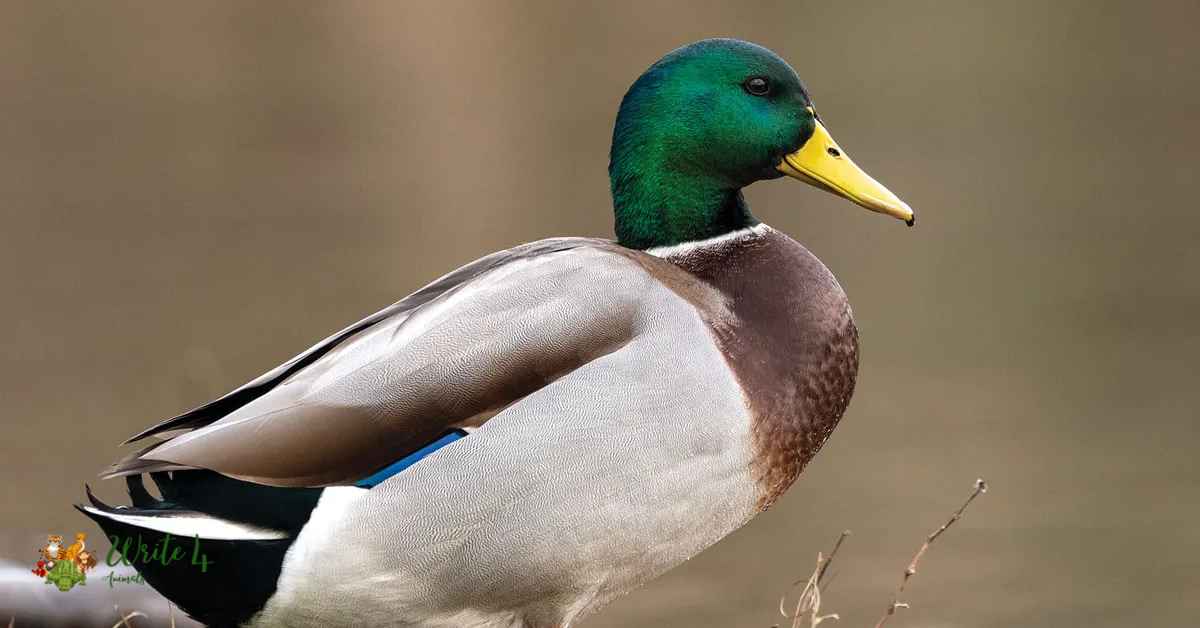
Their adaptability to diverse habitats, from urban ponds to rural wetlands, allows them to exploit seasonal food resources, including grains like corn. Mallards play a role in shaping aquatic ecosystems through their foraging activities and contribute to seed dispersal, unintentionally aiding in the spread of plant life.
16. Wild Turkeys
Wild turkeys, with their distinctive fan-like tail feathers, are skilled foragers known to include corn in their omnivorous diet. Found in diverse habitats, from woodlands to grasslands, wild turkeys are opportunistic feeders, consuming a variety of plant materials, insects, and small animals. In agricultural landscapes, especially those with cornfields, turkeys may exploit the abundance of grains.
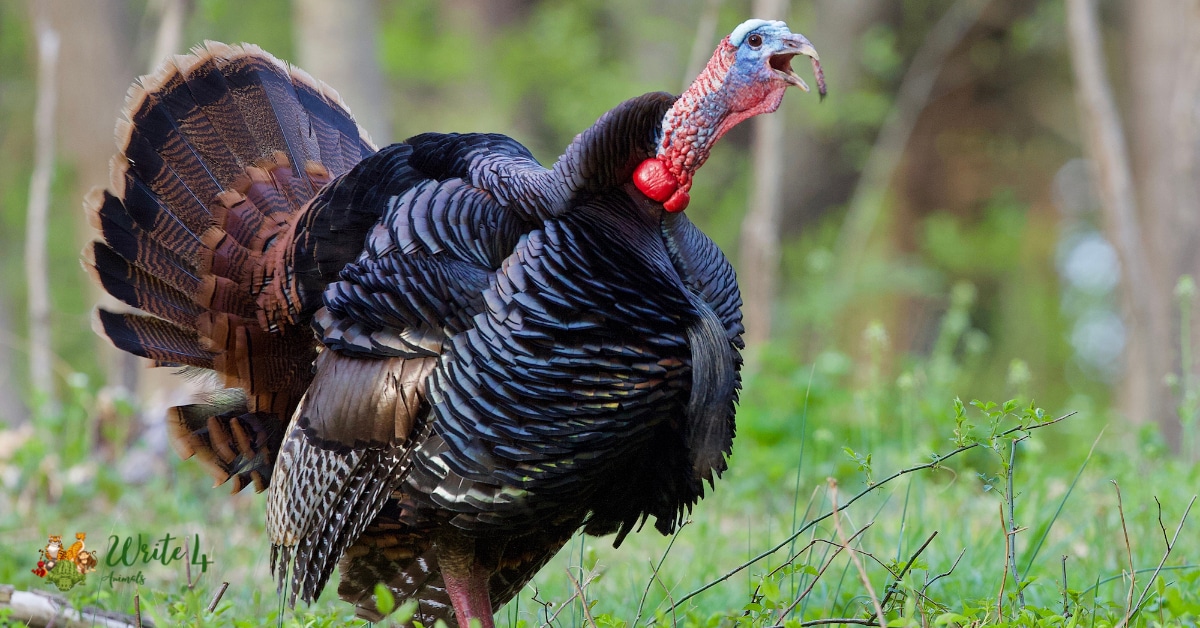
Their adaptability to different environments allows them to thrive in both rural and suburban settings. While their interactions with crops can sometimes lead to conflicts with farmers, wild turkeys’ inclusion of corn in their diet showcases the complex relationships between avian species and the changing landscapes they navigate.
17. Canada Geese
Canada geese, with their distinctive honking calls, are herbivorous waterfowl that may include corn in their diet. Found in a variety of habitats, from lakes to grassy fields, Canada geese are known for their adaptability to urban and suburban environments. In agricultural areas, especially those near water sources, geese may encounter and consume corn.
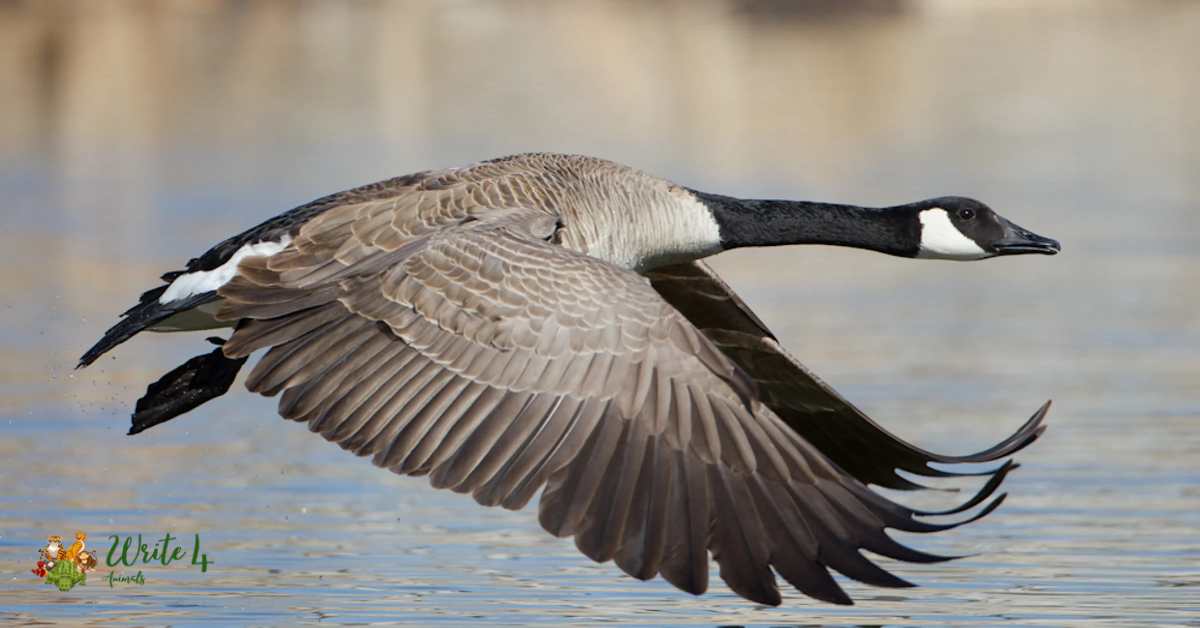
While their large flocks can sometimes lead to concerns about their impact on crops, Canada geese play a role in shaping wetland ecosystems through their foraging activities. Their adaptability to diverse landscapes and ability to exploit seasonal food resources, including grains like corn, highlight their resilience in the face of changing environments.
18. Pheasants
Pheasants, with their striking plumage and distinctive calls, are ground-dwelling birds that can be found in a variety of habitats, including agricultural areas where corn is cultivated. These omnivorous birds have a diverse diet that includes seeds, insects, and grains, with corn being a welcomed addition to their culinary repertoire. In rural landscapes, pheasants may forage for fallen corn in fields, utilizing their strong beaks to extract kernels from cobs.

The availability of corn in agricultural settings can contribute to the overall health and well-being of pheasant populations. As game birds, pheasants are not only appreciated for their ecological roles but also as prized targets for hunters in regulated environments, emphasizing the complex interactions between wildlife and human activities.
19. Prairie Dogs
Prairie dogs, burrowing rodents known for their complex social structures, are primarily herbivores that feed on grasses and forbs. While their diet is predominantly focused on vegetation, prairie dogs may not specifically target corn. Instead, they contribute to the maintenance of grassland ecosystems through their grazing habits.
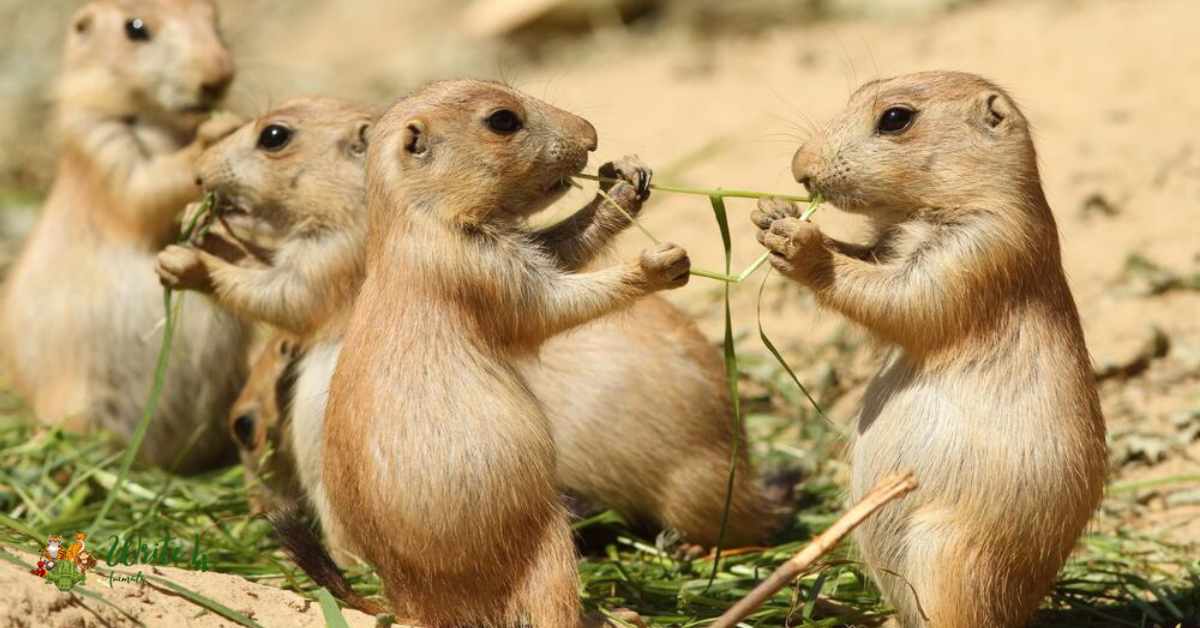
These social animals play a crucial role in shaping their habitats by creating burrow systems that provide shelter for various wildlife. While prairie dogs may not be direct consumers of corn, their activities contribute to the dynamic balance within prairie ecosystems, influencing plant composition and providing habitat for other species.
20. Feral Pigs
Feral pigs, descendants of domesticated swine that have returned to the wild, are opportunistic omnivores that can cause significant damage to crops, including corn. Found in various habitats, from forests to agricultural fields, feral pigs are known for their rooting behavior, which involves digging and overturning soil in search of food.
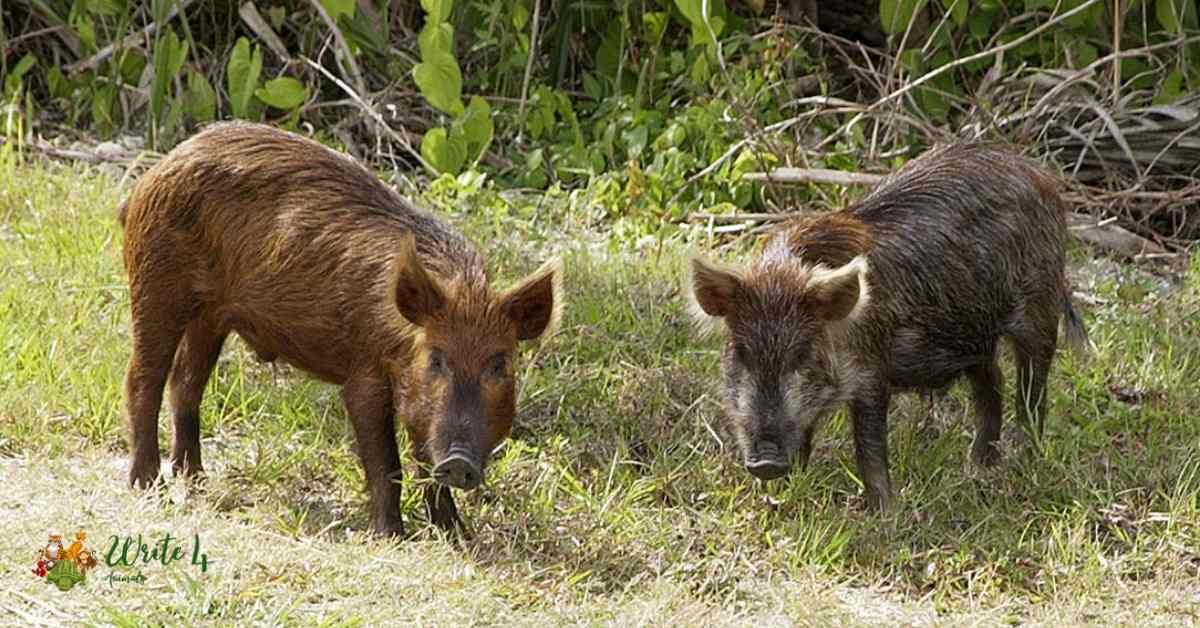
This behavior can lead to the destruction of crops, including cornfields. Feral pigs have a diverse diet that includes plants, insects, small mammals, and carrion. Their presence in agricultural landscapes underscores the challenges of managing introduced species and the impact they can have on both natural and cultivated environments.
Can all animals digest corn?
While many animals can digest corn, the ability to efficiently digest this grain varies among species. Animals such as rodents, deer, turkeys, and bears have adapted digestive systems that allow them to break down and extract nutrients from corn. Birds, like crows, jays, and ducks, can also consume corn.
However, some animals may struggle to digest corn effectively. For example, while domesticated animals like cattle and poultry can be fed corn, it often needs to be processed or supplemented to enhance digestibility. Some animals, particularly those with specialized diets or digestive systems, may not naturally consume or efficiently digest corn.
Is corn nutritionally beneficial for animals?
Corn can be a valuable source of nutrition for many animals. It is rich in carbohydrates, providing energy, and contains essential nutrients such as proteins, fiber, and various vitamins and minerals. For herbivores, like deer and groundhogs, corn supplements their plant-based diets. Omnivores, such as raccoons and bears, benefit from the diverse nutrients found in corn, which complements their varied diets.
However, it’s essential to note that corn should be part of a balanced diet. Overreliance on corn, especially in the absence of other necessary nutrients, can lead to health issues. Additionally, the form in which corn is consumed (whole, processed, etc.) can affect its nutritional impact on different species.
Are there risks associated with feeding animals corn?
Feeding animals corn comes with certain risks, particularly when considering agricultural practices and wildlife interactions:
Nutritional Imbalance: Corn, while nutritious, may lack certain essential nutrients needed for optimal health. Depending on the species, an exclusive or unbalanced corn diet can lead to nutritional deficiencies.
Crop Damage: In agricultural settings, wild animals feeding on corn crops can cause significant damage to yields. This can result in economic losses for farmers and potential conflicts between wildlife and humans.
Human-Wildlife Conflict: Animals like deer and raccoons, attracted to corn in suburban or rural areas, may lead to conflicts with humans. This includes damage to property, collisions with vehicles, and increased potential for disease transmission.
Impact on Ecosystems: While some animals contribute to seed dispersal, others can negatively impact local ecosystems by disrupting plant populations or introducing invasive species.
Health Concerns for Domestic Animals: Feeding large amounts of corn to certain domestic animals, such as ruminants like cattle, without proper processing or supplementation, can lead to health issues like acidosis.
Frequently Asked Questions
[sc_fs_multi_faq headline-0=”h4″ question-0=”What should be considered when feeding animals corn?” answer-0=”Consideration should be given to the nutritional needs of the specific animal, the form in which corn is provided, and potential ecological impacts. Monitoring for potential health issues, avoiding overreliance on corn, and promoting responsible feeding practices are essential for the well-being of both wild and domesticated animals.” image-0=”” headline-1=”h4″ question-1=”How do farmers protect their corn crops from wildlife?” answer-1=”Farmers employ various strategies to protect corn crops from wildlife, including the use of fences, scare tactics, and deterrents. Additionally, some farmers may implement non-lethal methods to manage wildlife populations, while others may use lethal control measures in certain situations.” image-1=”” headline-2=”h4″ question-2=”What are the environmental impacts of animals eating corn?” answer-2=”The environmental impacts of animals eating corn include seed dispersal, potential disruption of local ecosystems, and conflicts with human activities. While some animals contribute positively to ecosystem dynamics, others may cause challenges in agricultural and suburban settings.” image-2=”” headline-3=”h4″ question-3=”Can corn be harmful to certain animals?” answer-3=”While corn is generally safe for many animals, overconsumption or an unbalanced diet can lead to health issues. Additionally, in agricultural settings, the consumption of corn by certain wildlife species may lead to crop damage, creating challenges for farmers and potentially impacting local ecosystems.” image-3=”” count=”4″ html=”true” css_class=””]
Also Read
1. Cane Corso Pitbull Mix 2023
2. 12 Most Protective Dog Breeds in the World
